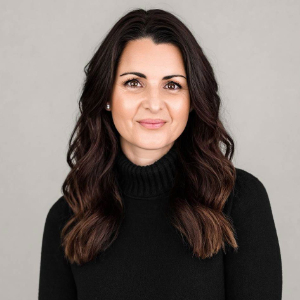Should I let my Brood eat Placentas?

EXPERT TIP
I have found over the years, that having an underlying goal of allowing nature to respond and react as intended, is a sound and sensible way to manage animals. I have found this fundamental philosophy to support a healthy breeding program with great outcomes for our dogs.
Snapshot
I have never thought this to be a topic for discussion, however I was asked it again recently, having been quizzed about it for the first time 12 months ago while travelling overseas. So, let’s chat about it!
The first time the topic came up for discussion was following a line of questioning from a breeding program overseas that was experiencing fatigue in their broods towards the end of a natural whelp. I slowly worked my way through their routine with the staff and the only notable difference in their whelping protocols compared to my own, was that they removed the placentas from the brood as she was birthing her pups and did not allow her to ingest them.
Why This Is Important?
I always allow my girls to eat the placentas and will position a placenta near her as an “offering” if she has turned her back on one, or lost track of where the last placenta is while tending to her pup. I have several reasons for this:
- It is a natural and instinctive process for the brood to ingest all waste in the den/whelp area (this includes placentas, amniotic fluid, post-whelp discharge, puppy urine and feces) to reduce the risk of predators being attracted to the lingering presence of blood and therefore her vulnerable young.
- It is an intensely nutritious source of nutritional elements such as iron, B6 and E which may sustain a brood during a lengthy whelp…and may also begin to replace the nutrition she may have been deprived of during the pre-whelp or labour phase is she was nauseous or vomiting. The amniotic fluid is also known to contain proteins, urea and assorted fats. It has been shown in a study involving rats that placentophagy increased natural opioids in the rodents. There is concrete evidence that placentophagy replenishes iron, aids in lactation and gives the mother a rush of stress relieving hormones, like corticotropin-releasing hormone. Good stuff huh?
- I am not offended by a placenta – nor a brood eating one😊
- If she insists on cleaning up, that frees me up to do another job…and we like job sharing!
The great news is that the organisation I visited who had been removing the placentas from their broods, tried an updated approach when their next litter was born and VIOILA! The brood was energized and popped out a lovely litter in record time with ease. Nice! May have been a coincidence – but what a lovely coincidence😊
What’s that I hear you say – but what if she doesn’t deliver the first puppy naturally to get the ball rolling…yep, that is a shame for sure. That is a topic for another time.
If your girl is whelping naturally – let her indulge and allow her to do the housework at the same time!
A handy tip – if my girls look a little fatigued in the middle of a 10x puppy whelping, I simply dissolve some powdered glucose (such as Glucodin) in some Lactose Free Milk (or Goats milk) and allow her to have a drink. This will offer her a short burst of energy, so make sure you don’t offer this 2 mins after the delivery of a puppy – wait an hour or so if the time between pups is starting to lengthen.
And…if she is doing extremely well and close to finishing a natural whelp, offer her a small meal…this will sustain her until the end. After all, but for placentas, she may not have eaten for 10 hours or more if you take into consideration 1st stage labour nausea (potentially) and whelping.


